Showing 1–16 of 17 results
-
Sale!
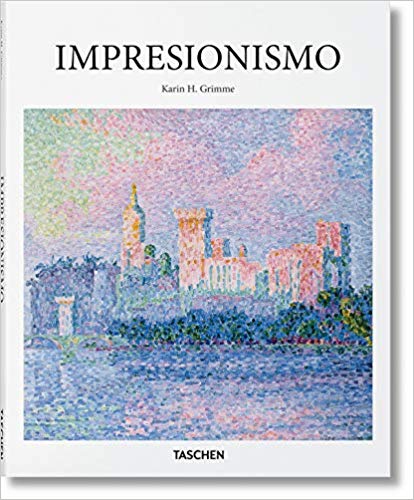
R220 Original price was: R220.R150Current price is: R150.In this TASCHEN Basic Art introduction to Impressionism, we explore the artists, subjects, and techniques that first brought the easel out of the studio and shifted artistic attention from history, religion, or portraiture to the evanescent ebb and flow of modern life.
-
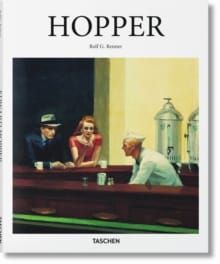
R270The scenes are marked by vivid color juxtapositions and stark, theatrical lighting, as well as by harshly contoured figures, who appear at once part of, and alien to, their surroundings. The ambiance throughout his repertoire is of an eerie disquiet, alienation, loneliness and psychological tension, although his rural or coastal scenes can offer a counterpoint of tranquility or optimism. This book presents key works from Hopper’s oeuvre to introduce a key player not only in American art history but also in the American psyche.
-
Sale!
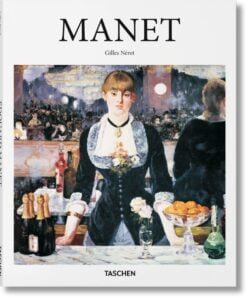
R220 Original price was: R220.R150Current price is: R150.This richly illustrated book introduces Manet’s work and his uniquely influential combination of Realism, Impressionism, and reworked Old Masters that would become paradigms of a brave new world for generations of modernists to come.
-
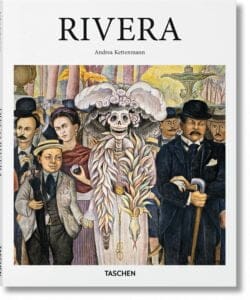
R270Fusing European influences such as Cubism with a socialist ideology and an exaltation of Mexico’s indigenous and popular heritage, he created a new iconography for art history and for his country. He became one of the most important figures in the Mexican mural movement and won international acclaim for his public wall paintings, in which he presented a utopian yet accessible vision of a post-revolutionary Mexico.
-
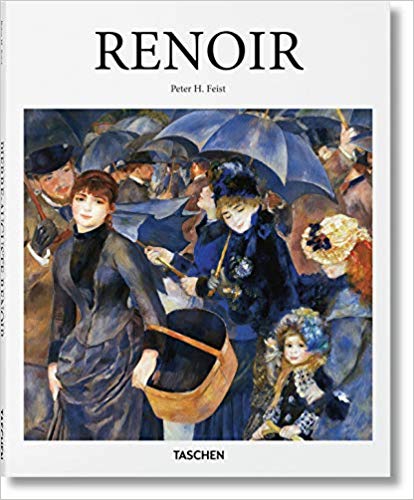
R120One of the leading lights of the Impressionist movement, Pierre-Auguste Renoir (1841–1919) remains a towering figure in art history with enduring public appeal. Sun-kissed, charming, and sensual, his work shows painting at its most lighthearted and luminous, while championing the plein air and color innovations of his time.
-
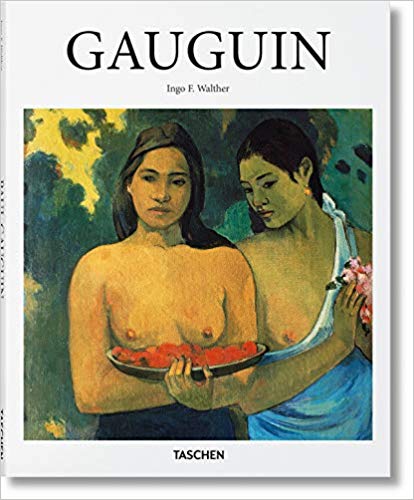
R120Paul Gauguin (1848–1903) was not cut out for finance. Nor did he last particularly long in the French Navy, or as a tarpaulin salesman in Copenhagen who did not speak Danish. He began painting in his spare time in 1873 and in 1876 took part in the Paris Salon. Three years later, he was exhibiting alongside Pissarro, Degas, and Monet.
-
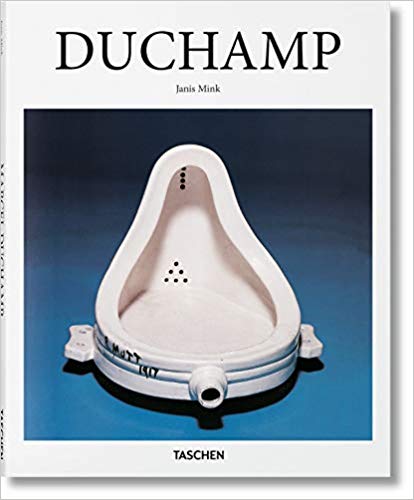
R180When is a urinal no longer a urinal? When Marcel Duchamp (1887–1968) declared it to be art. The uproar that greeted the French artist’s Fountain (1917), a porcelain urinal installed in a gallery, sent shock waves through the art world establishment that reverberate right through to today.
-
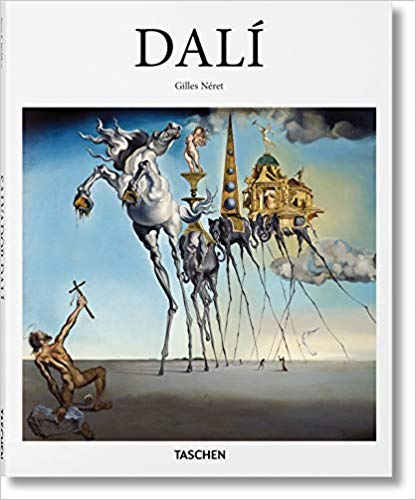
R120Painter, sculptor, writer, filmmaker, and all-round showman Salvador Dalí (1904–1989) was one of the 20th century’s greatest exhibitionists and eccentrics. One of the first artists to apply the insights of Freudian psychoanalysis to art, he is celebrated in particular for his surrealist practice, with such conceits as the soft watches or the lobster telephone, now hallmarks of the surrealist enterprise, and of modernism in general.
-
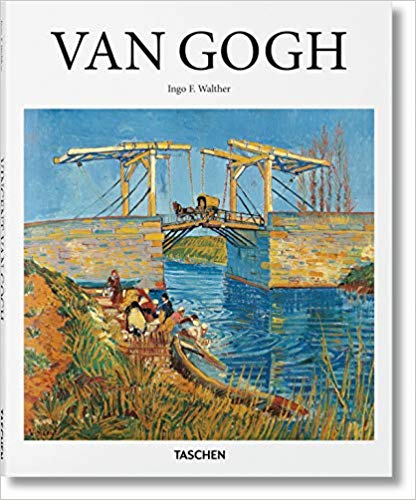
R270Today, the works of Vincent van Gogh (1853–1890) are among the most well known and celebrated in the world. In Sunflowers, The Starry Night, Self-Portrait with Bandaged Ear, and many paintings and drawings beyond, we recognize an artist uniquely dexterous in the portrayal of mood and place through paint, pencil, charcoal, or chalk.
-

R120Lucian Freud (1922–2011) was interested in the telling of truths. Always operating outside the main currents of 20th-century art, the esteemed portrait painter observed his subjects with the regimen and precision of a laboratory scientist. He recorded not only the blotches, bruises, and swellings of the living body, but also, beneath the flaws and folds of flesh, the microscopic details of what lies within: the sensation, the emotion, the intelligence, the bloom, and the inevitable, unstoppable decay.










